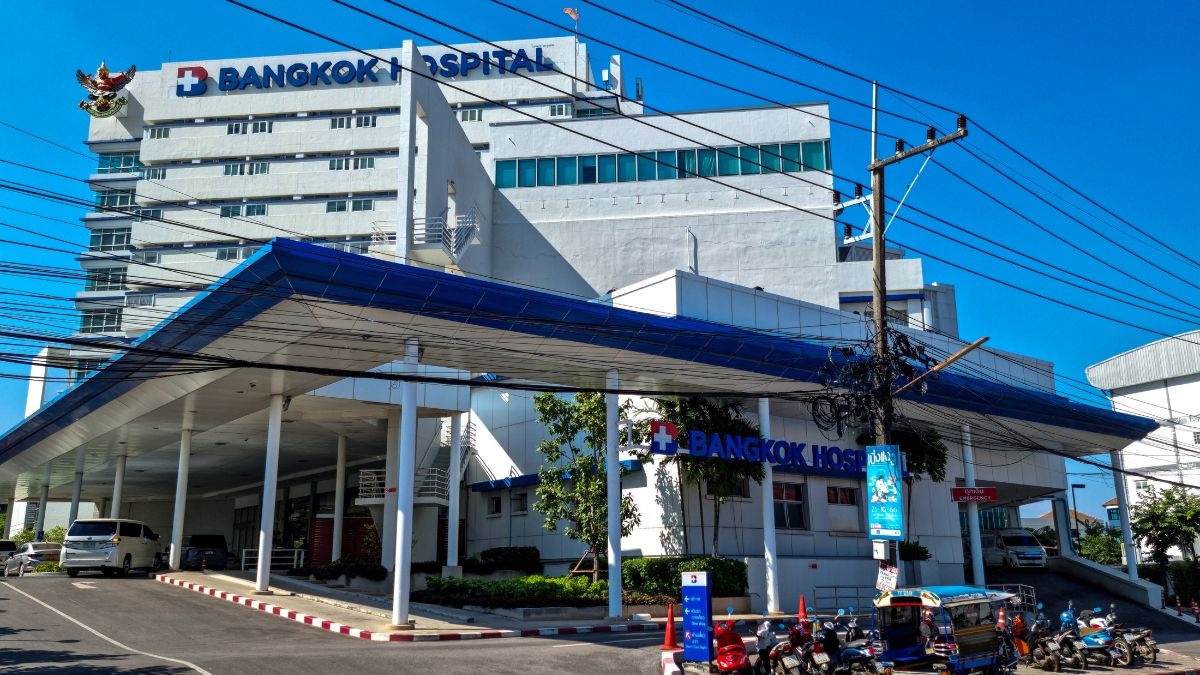A series of events in a Southeast Asian nation has brought the dangers of methanol poisoning into sharp focus after four foreign nationals, including a 19-year-old Australian teenager, died in Laos.
Several others have fallen ill, leading to heightened warnings from governments and experts about the risks associated with consuming alcohol in certain regions.
What happened in Laos?
Bianca Jones, a 19-year-old Australian backpacker, died on November 16 after consuming alcohol suspected to be laced with methanol in Vang Vieng, a popular tourist hub in Laos.
Jones and her friend, Holly Bowles, also 19, fell ill after a night out on November 11. Both were transferred to hospitals in Thailand, where Jones succumbed to the poisoning despite intensive care. Bowles remains in critical condition.
Thai police confirmed the cause of Jones’ death as methanol poisoning. “The physician who examined her said the cause of death was methanol poisoning, from fake liquor,” Phattanawong Chanphon, a Thai police official told Reuters. “The amount of methanol in her body was high, leading to swelling of the brain.”
Jones is one of four foreign tourists who have died in Laos under similar circumstances this month, including two Danish nationals and an American. Several others, including a New Zealander, have reported symptoms of methanol poisoning after consuming alcohol in the region.
“This is every parent’s worst fear and a nightmare no one should have to endure,” Australian Prime Minister Anthony Albanese told Parliament. “All Australians offer [Jones’ family] our deepest sympathy in this time of heartbreak.”
What is methanol and how does it poison?
Methanol, also known as wood alcohol, is a colourless and flammable liquid commonly used in industrial products such as antifreeze, windshield cleaners, and solvents. Unlike ethanol, the alcohol found in beverages, methanol is highly toxic and not meant for human consumption.
Methanol poisoning occurs when the substance is metabolised in the body into formaldehyde and formic acid.
Also Read |
Who is ‘Am Cyanide’, Thailand’s woman serial killer sentenced to death for poisoning 14 friends?
These compounds disrupt the mitochondria, the powerhouses of cells, leading to severe metabolic acidosis. Symptoms include nausea, vomiting, abdominal pain, vision impairment, and, in severe cases, unconsciousness, coma, or death.
Formic acid poisons the mitochondria, causing irreversible damage, experts explain. Even small amounts of methanol can cause permanent vision loss if treatment is delayed.
How does methanol end up in alcohol?
Methanol contamination in alcohol can happen in several ways. In some cases, it is added deliberately as a cheaper alternative to ethanol to increase the alcohol content of beverages.
In others, traditional brewing methods may inadvertently produce methanol alongside ethanol, depending on the ingredients and fermentation process.
Vang Vieng, once notorious for its party culture, has reinvented itself as an eco-tourism hub in recent years. However, its reputation for excessive drinking lingers.
Also Read |
What is ‘MATGA’ movement, where US women are suggesting poisoning men?
Jones and Bowles reportedly drank free shots offered at a hostel before heading to a bar on the night they fell ill, reported AP. Authorities are still investigating the exact source of the methanol-tainted drinks.
For travellers, the safest options are commercially mass-produced alcoholic beverages and licensed venues. However, even these precautions may not completely eliminate the risks.
Jones’ family hopes her death will spur action. “We want to ensure no other family is forced to endure the anguish we are going through,” they said in a statement.
How have governments responded to the incident?
Several governments have updated their travel advisories in light of the incident. Australia’s Smartraveller website advises tourists to consume alcohol only at reputable licensed establishments and avoid homemade or unregulated beverages.
The Canadian government echoed similar concerns, warning of methanol-adulterated alcohol in Laos.
The UK Foreign Office confirmed that “there have been deaths and cases of serious illness caused by alcoholic drinks containing methanol.” Meanwhile, the New Zealand Ministry of Foreign Affairs and Trade is assisting a national who may have fallen victim to methanol poisoning in Laos.
The Laos government has yet to issue a public statement or release details about the ongoing investigation. However, the deaths coincide with an international meeting of Southeast Asian defence ministers in the capital, Vientiane, further intensifying scrutiny on the country’s handling of the crisis.
Why is this a recurring problem?
Methanol poisoning is not a new issue in Southeast Asia. Over the past decade, numerous cases have been reported across the region, highlighting a persistent challenge.
Ethanol-based beverages, often more expensive to produce, are sometimes substituted with methanol to cut costs. Counterfeit alcohol brands and locally brewed spirits, like fruit wines and rice whiskeys, are particularly susceptible to contamination.
The dangers of methanol poisoning are preventable with stricter regulations and better awareness, experts say.
Yet, in countries like Laos, where tourism plays a vital role in the economy and enforcement resources are limited, addressing the problem remains difficult.
With inputs from agencies

)